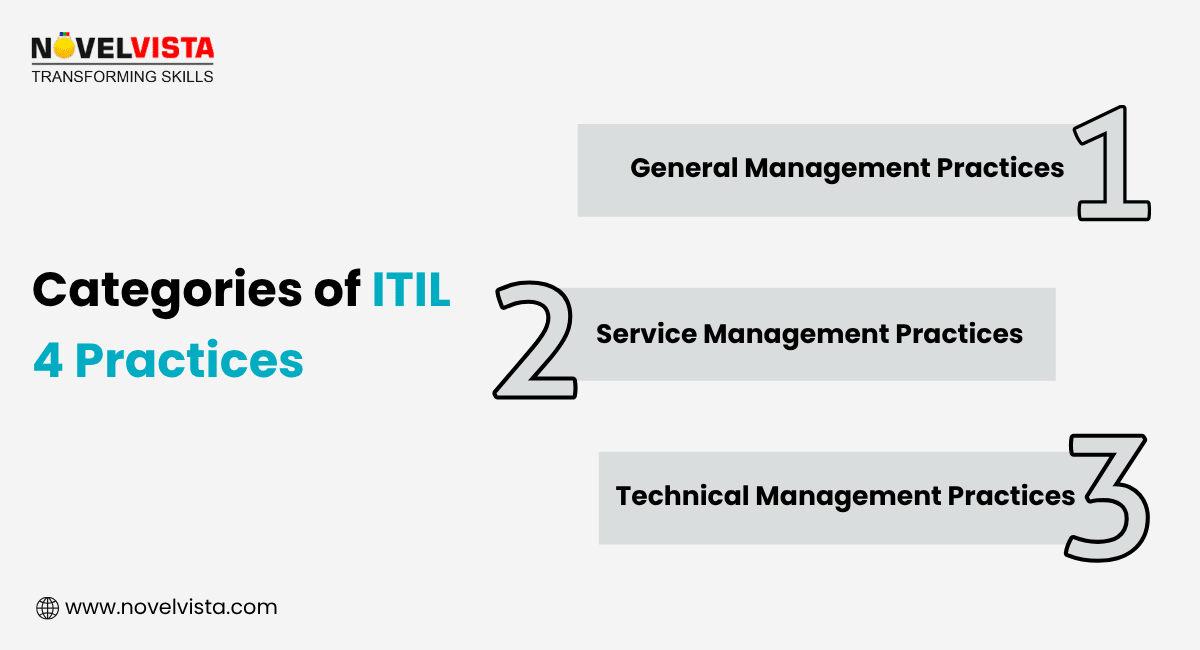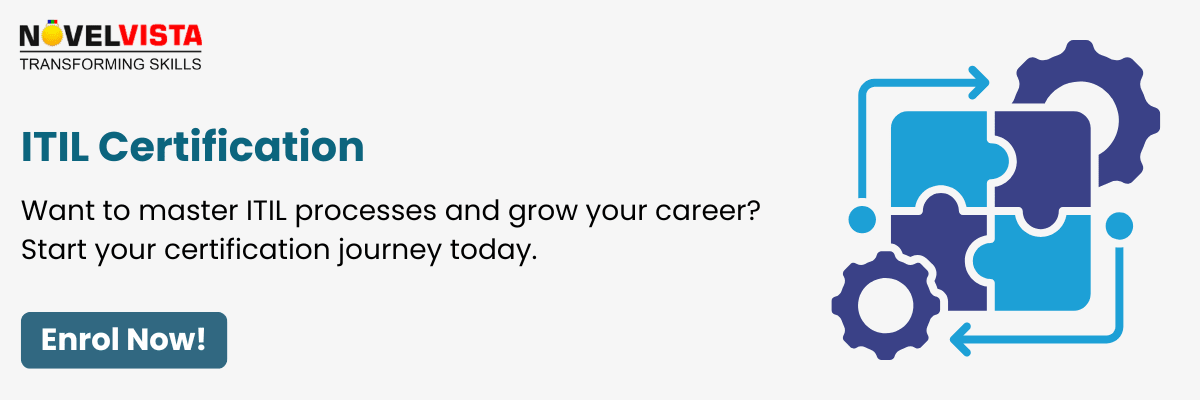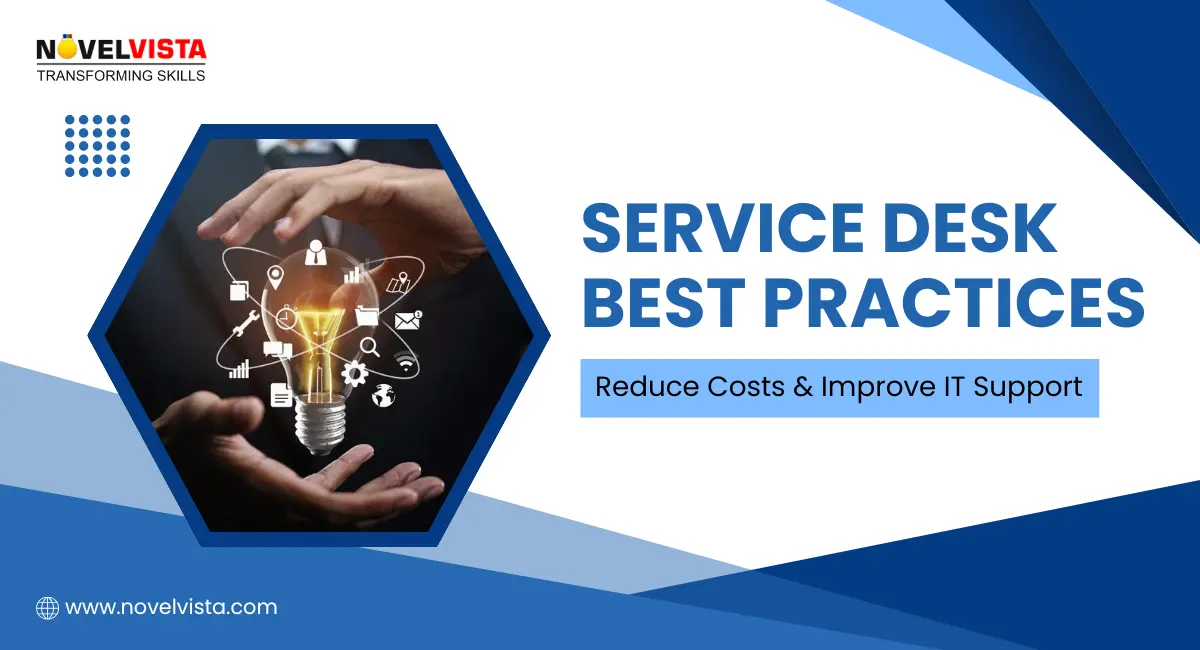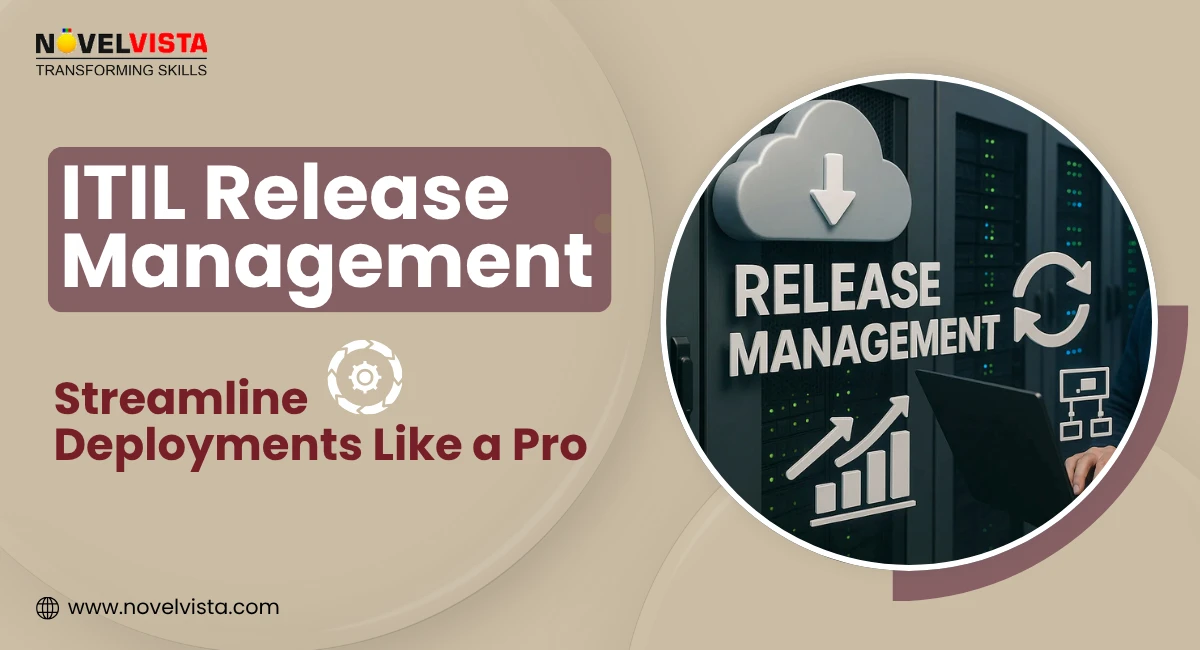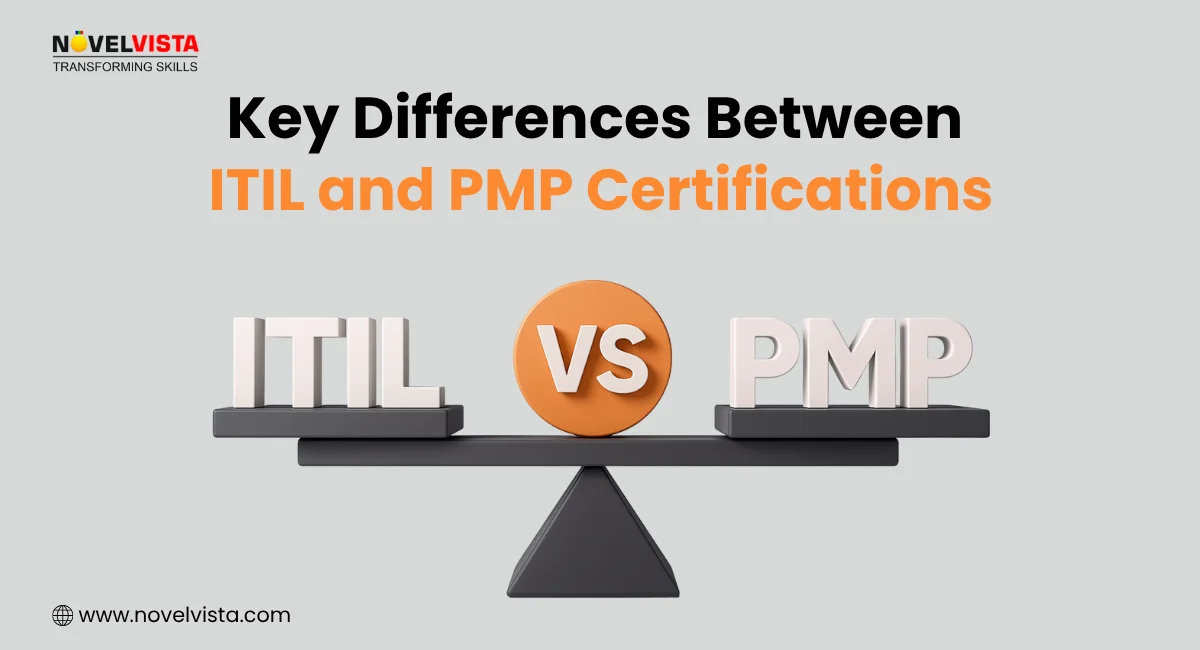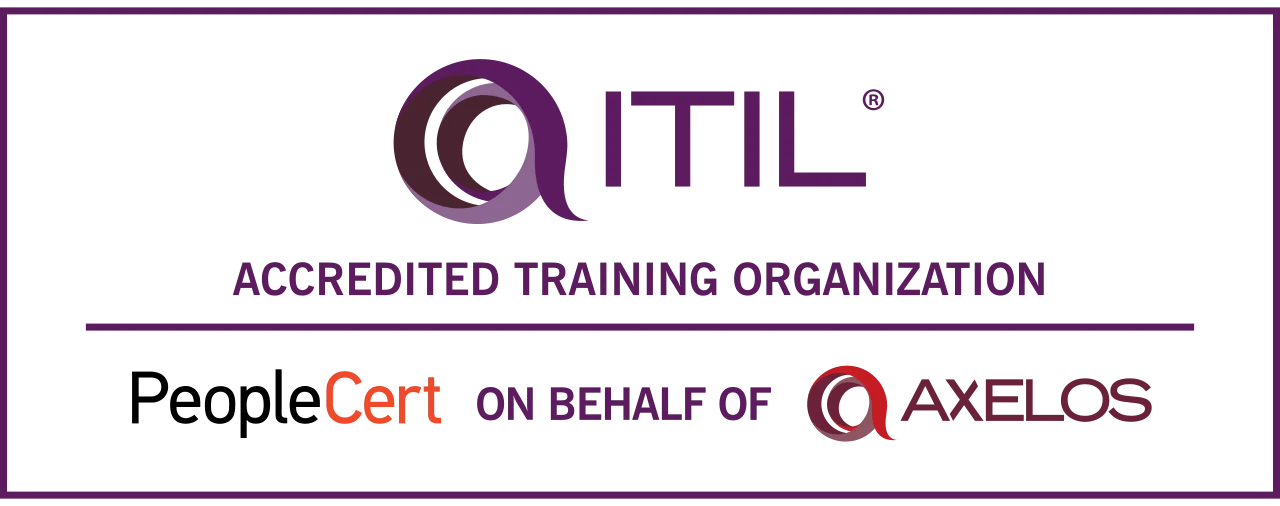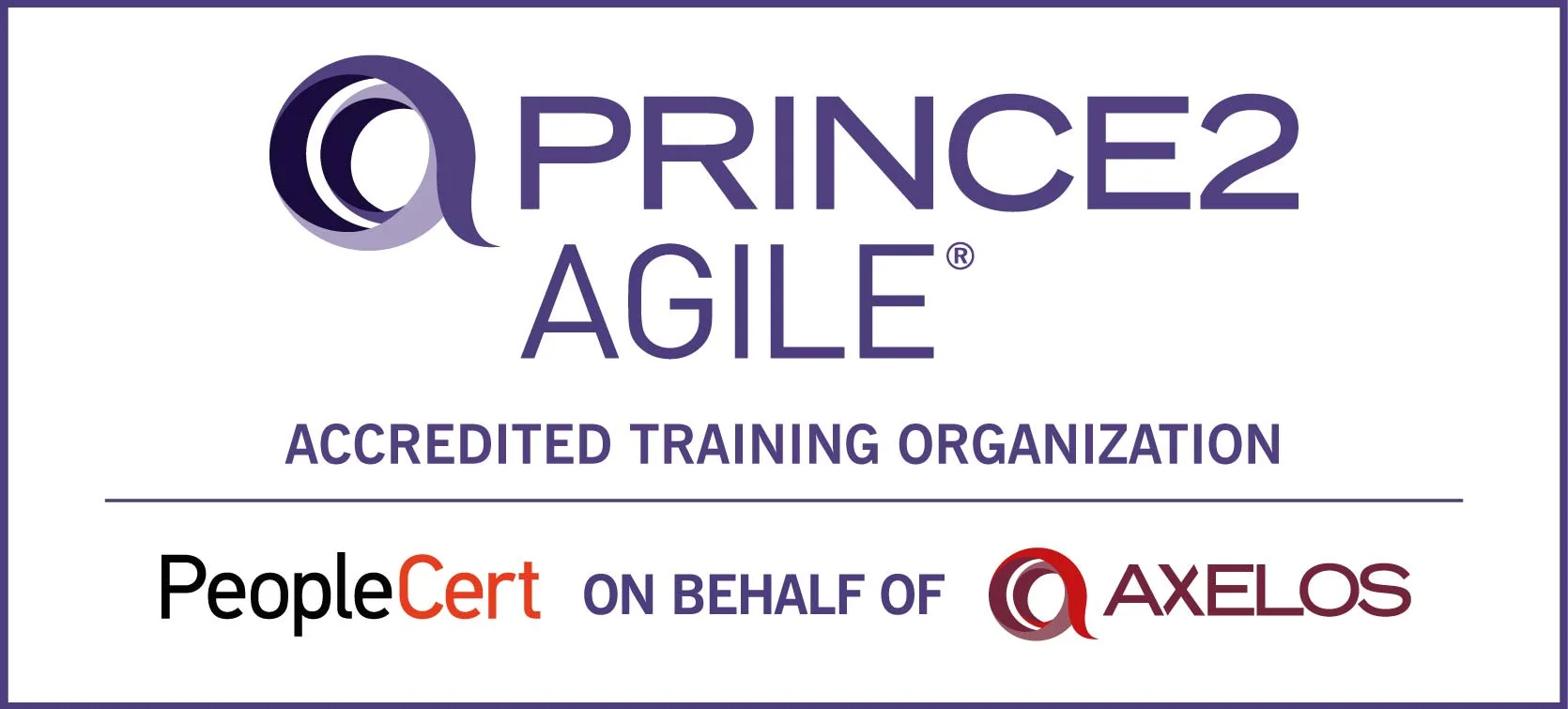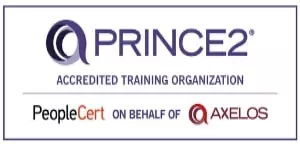- What Are ITIL Processes — And Why Are They Now Called ITIL Practices
- ITIL v3 vs ITIL 4: Key Differences You Should Know
- Side-by-side Comparison of ITIL v3 and ITIL 4:
- What Are ITIL Processes? The Complete Guide to ITIL 4 Practices in 2025
- Mapping Practices to the Service Value Chain
- The 34 ITIL 4 Practices Explained (By Category)
- How ITIL Practices Work in Real Life: A Quick Example
- Top Benefits of Using ITIL 4 Practices in 2025
- Action Plan: How to Apply ITIL Practices in Your Role
- Conclusion: Why ITIL 4 Practices Are the Backbone of Modern ITSM
When businesses talk about delivering reliable and high-quality IT services, one term always stands out — ITIL Processes. Whether you’re new to IT Service Management (ITSM) or preparing for an ITIL Certification, understanding how these processes work is essential to achieving efficiency, consistency, and customer satisfaction.
For years, organizations have depended on ITIL’s five service lifecycle stages — Service Strategy, Service Design, Service Transition, Service Operation, and Continual Service Improvement — to deliver reliable, efficient, and customer-focused IT services.
Each of these stages in ITIL v3 was supported by 26 clearly defined processes such as Incident Management, Problem Management, Change Management, and Service Level Management. Together, these processes helped IT teams organize their workflows, reduce downtime, and maintain consistent service quality.
As businesses embraced Agile, DevOps, and cloud-based models, ITIL had to evolve to stay relevant. This evolution brought forth ITIL 4 — a modern, flexible framework that replaces traditional processes with 34 management practices. These practices are designed to adapt to today’s fast-changing IT environments while encouraging collaboration and continuous improvement.
In short, ITIL v3’s processes have evolved into ITIL 4’s practices — moving from fixed, step-by-step workflows to agile, outcome-driven capabilities. This transformation allows IT teams to move beyond operational management and become true strategic partners in delivering business value.
What Are ITIL Processes — And Why Are They Now Called ITIL Practices
ITIL (Information Technology Infrastructure Library) is a globally recognized framework designed to standardize IT service delivery. At its core, ITIL processes are best practices that guide organizations in managing services effectively.
With the release of ITIL 4, the focus has shifted from rigid processes to flexible practices, making it more adaptable to Agile, DevOps, and cloud-based environments. Still, the term ITIL processes remains widely used to describe the structured activities that drive service management.
However, ITIL 4 moves away from this model, and the term “processes” is replaced with “practices.” Why the change? Because ITIL 4 is all about flexibility. The term "practices" reflects a more holistic approach, combining people, process, and technology to deliver value in an agile, adaptable way.
The shift to “practices” aligns ITIL with modern frameworks like Agile, DevOps, and Cloud. These frameworks prioritize adaptability and collaboration, qualities that are embedded in the new practices. It’s no longer about rigid processes; it’s about how ITSM can be flexible and responsive to the dynamic needs of today’s digital world.
ITIL v3 vs ITIL 4: Key Differences You Should Know
While ITIL v3 relied on a lifecycle-based model that focused on 26 processes, ITIL 4 introduces a broader, more value-driven framework. The shift from processes to practices isn’t just a change in terminology; it’s a change in philosophy.
- ITIL v3: The old version was heavily process-centric, focusing on distinct processes and phases (e.g., Service Strategy, Service Design, Service Transition).
- ITIL 4: The new framework aligns with a value-driven Service Value System (SVS), where the focus is on delivering continuous value through adaptable practices.
Key Changes:
- ITIL 4 expands from 26 processes to 34 practices.
- It better integrates with modern approaches like Agile, DevOps, and Cloud computing.
- It emphasizes collaboration, continual improvement, and co-creation of value.
Side-by-side Comparison of ITIL v3 and ITIL 4:
ITIL v3 |
ITIL 4 |
26 processes |
34 practices |
Focus on process lifecycle |
Focus on value co-creation |
Less agile and flexible |
Agile, DevOps, and Cloud alignment |
Linear, sequential |
Holistic, flexible approach |
Next, let's dive into the heart of ITIL 4, the 34 ITIL 4 Practices, which are the foundation of modern IT service management. I'll walk you through each category, explaining what they do and why they matter.
What Are ITIL Processes? The Complete Guide to ITIL 4 Practices in 2025
The Service Value System (SVS) is the core of ITIL 4, ensuring organizations create value from IT services holistically and consistently. Unlike earlier ITIL versions, which focused mainly on processes, the SVS emphasizes end-to-end value delivery and integrates all activities needed to meet business needs.
The SVS has five key components:
- Guiding Principles – Recommendations like “Focus on Value” that guide decisions and behavior.
- Governance – Structures and policies to align IT with organizational objectives.
- Service Value Chain – The operating model with six activities (Plan, Improve, Engage, Design & Transition, Obtain/Build, and Deliver & Support) that turn inputs into value.
- Practices – 34 flexible ITIL 4 practices that replace rigid v3 processes.
- Continual Improvement – Ensures services, practices, and value streams are constantly enhanced.
Together, these components make sure every IT activity contributes to business value, encourages collaboration, and supports agility. The SVS also integrates well with Agile, Lean, and DevOps, making ITIL 4 adaptable to modern IT environments.
ITIL Processes vs ITIL Practices:
Aspect |
ITIL Processes (v3) |
ITIL Practices (v4) |
Definition |
Structured workflows to achieve specific IT service outcomes |
Broader activities and resources for creating value |
Focus |
Specific tasks within a lifecycle stage |
Holistic approach across value chain activities |
Flexibility |
Rigid, predefined steps and roles |
Flexible, adaptable to organization and context |
Examples |
Incident, Change, Problem Management |
Incident Management, Change Enablement, and Continual Improvement |
Goal |
Ensure consistency and efficiency |
Enable value creation, agility, and business alignment |
Mapping Practices to the Service Value Chain
One of the most practical ways to understand ITIL practices is to map them to the Service Value Chain (SVC). Here’s how each practice fits into the SVC activities:
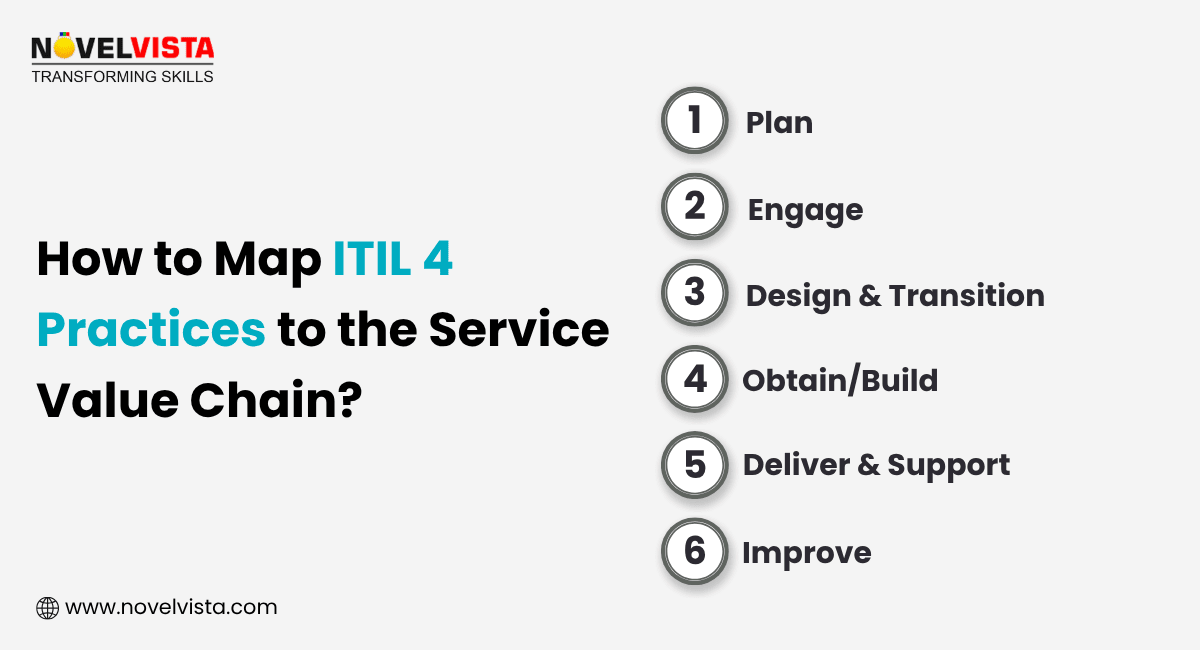
- Plan: Strategy, Risk Management
- Engage: Incident Management, Service Desk
- Design & Transition: Change Enablement, Deployment Management
- Obtain/Build: Software Development, Infrastructure Management
- Deliver & Support: Monitoring & Event Management, Knowledge Management
- Improve: Measurement & Reporting, Continual Improvement
This mapping helps you track audit trail and process governance while aligning your training goals with real-world business needs.
The 34 ITIL 4 Practices Explained (By Category)
A. General Management Practices (14)
- Architecture Management: Defines and designs the overall structure of systems and processes to ensure efficiency and scalability across the business.
- Continual Improvement: Focuses on the ongoing identification and implementation of enhancements to services and processes, driving continuous value.
- Information Security Management: Ensures the confidentiality, integrity, and availability of information through robust security practices and risk management.
- Knowledge Management: Enables decision-making by ensuring that the right information is available at the right time, improving service quality.
- Measurement and Reporting: Tracks performance against key performance indicators (KPIs) and metrics to ensure services meet agreed expectations.
- Organizational Change Management: Prepares employees for organizational changes, ensuring smooth transitions and minimal resistance during change initiatives.
- Portfolio Management: Manages the lifecycle of IT investments, from initiation through to retirement, ensuring that they deliver value to the organization.
- Project Management: Ensures that projects meet their objectives and are delivered on time and within budget.
- Relationship Management: Establishes and maintains positive relationships with stakeholders, both internal and external, to ensure alignment and collaboration.
- Risk Management: Identifies and mitigates potential risks to service delivery, ensuring a proactive approach to managing threats.
- Service Financial Management: Manages budgeting, accounting, and charging for IT services to ensure financial control and optimal resource allocation.
- Strategy Management: Aligns IT strategies with business goals, ensuring IT services support long-term business objectives.
- Supplier Management: Manages external vendors and suppliers to ensure they deliver the required services and value in line with agreed terms.
- Workforce and Talent Management: Attracts, develops, and retains skilled talent, ensuring that the organization has the necessary human resources to achieve its goals.
B. Service Management Practices (17)
- Availability Management: Ensures that IT services are available as agreed, optimizing service uptime and minimizing disruptions.
- Business Analysis: Identifies business needs and recommends IT solutions that provide tangible benefits to the organization.
- Capacity and Performance Management: Ensures that infrastructure can meet current and future demands, maintaining optimal performance and scalability.
- Change Enablement: Manages the risks associated with change and ensures that changes are made in a controlled and efficient manner.
- Incident Management: Quickly restores normal service operation after an incident, minimizing the impact on business operations.
- IT Asset Management: Tracks and manages IT assets throughout their lifecycle, from acquisition to retirement, ensuring optimal utilization.
- Monitoring and Event Management: Detects, logs, and manages events to ensure systems are monitored continuously for issues or opportunities.
- Problem Management: Identifies and eliminates root causes of recurring incidents, preventing future disruptions.
- Release Management: Manages the successful introduction of new or changed services into live environments.
- Service Catalogue Management: Maintains an up-to-date and accurate service catalogue, ensuring users have access to the right services.
- Service Configuration Management: Ensures that accurate information about service components is maintained, enabling effective service management.
- Service Continuity Management: Ensures that critical IT services can be restored quickly after disruptions, maintaining business continuity.
- Service Design: Designs new or modified services to meet business needs, ensuring alignment with organizational objectives.
- Service Desk: Acts as the single point of contact for users, providing support and managing service requests.
- Service Level Management: Defines, monitors, and reports on service performance to ensure that agreed-upon service levels are consistently met.
- Service Request Management: Handles routine user requests, such as password resets and access requests, efficiently and effectively.
- Service Validation and Testing: Ensures that services meet the design and business requirements, preventing defects before they impact users.
C. Technical Management Practices (3)
- Deployment Management: Manages the deployment of new or modified services and components into production, ensuring that they are delivered successfully.
- Infrastructure and Platform Management: Manages and maintains the underlying infrastructure and platform on which IT services are built and delivered.
- Software Development and Management: Builds, maintains, and improves software solutions, ensuring that they meet business needs and perform optimally.
Download: ITIL Practice Mapping Checklist
Unlock your FREE PDF – Simplify ITIL 4 processes,
align them with lifecycle stages, and stay audit-ready!
How ITIL Practices Work in Real Life: A Quick Example
Let’s put all these practices into perspective with a real-world example. Imagine a critical incident in a fintech company where their online payment system goes down unexpectedly. Here’s how ITIL 4 practices would work together to resolve the issue:
- Incident Management: The service desk quickly logs the incident and escalates it to the appropriate teams, ensuring the issue is addressed as soon as possible.
- Change Enablement: A change is proposed to fix the underlying issue, but it must be carefully managed to avoid further disruptions. The change enablement practice assesses the potential risks and ensures the change is properly tested.
- Problem Management: Once the incident is resolved, problem management identifies the root cause of the issue, ensuring the problem is permanently fixed to prevent recurrence.
- Service Desk: Throughout the incident, the service desk serves as the main point of contact, keeping users informed and managing service requests related to the issue.
This example shows how different ITIL 4 practices work together to not only solve the problem but also prevent it from happening again. The collaboration between practices ensures that the company can maintain business continuity, improve service delivery, and enhance user satisfaction.
Top Benefits of Using ITIL 4 Practices in 2025
Adopting ITIL 4 practices in today’s fast-paced, digital-first world offers a multitude of benefits. In fact, “72% of organizations use ITIL in some form, and many report a 25% improvement in service quality and reduction in incidents,” according to Avasant Research’s 2023 report. Here’s why more and more organizations are turning to ITIL for managing their IT services:
- Unified Framework for Consistent Service Delivery: ITIL 4 practices provide a consistent approach to service management, ensuring that services are delivered efficiently, regardless of the technology or methodology in use.
- Supports Modern IT Environments (Agile, DevOps, Cloud): ITIL 4 aligns seamlessly with modern IT practices like Agile, DevOps, and Cloud computing. This makes it easier for organizations to integrate ITSM with their existing workflows and development processes.
- Enhances User Satisfaction and Operational Efficiency: With a focus on continual improvement and service optimization, ITIL 4 practices help organizations deliver better services, increasing user satisfaction and overall productivity.
- Reduces Risk, Improves Governance, and Compliance: ITIL 4’s robust risk management and compliance practices ensure that services are secure, compliant with regulations, and free from potential risks that could disrupt operations.
- Enables Continuous Improvement: The emphasis on continual improvement means that organizations are always evolving and refining their IT service management practices, leading to greater efficiency and effectiveness over time.
Action Plan: How to Apply ITIL Practices in Your Role
Here’s a simple, actionable plan to apply ITIL practices effectively in your role:
Step-by-Step Rollout:
Week 1–2:
- Audit your current ITSM practices and identify areas that need improvement.
- Download the checklist and map key practices to lifecycle stages.
Week 3–4:
- Start implementing daily practices such as incident management, service desk improvements, and monitoring.
- Use NovelVista’s practice exams to test your understanding and readiness.
Month 2:
- Define SLOs/SLIs for monitoring service performance and measuring reliability.
- Begin scaling up your practices with tools like Prometheus and PagerDuty.
Month 3:
- Introduce chaos engineering and continuous improvement practices.
- Simulate audit or process evaluation sessions using mapped practices.
Conclusion: Why ITIL 4 Practices Are the Backbone of Modern ITSM
Understanding ITIL processes is more than an academic exercise — it’s about building an IT foundation that supports innovation, customer trust, and business success.
ITIL practices represent a shift in how organizations approach IT service management. By moving from rigid, process-driven models to a more flexible, value-driven framework, ITIL 4 equips organizations to thrive in the ever-changing digital world. Whether it’s through better alignment with modern methodologies like Agile and DevOps or a more holistic approach to managing people, processes, and technology, ITIL 4 provides the foundation for successful, scalable IT service delivery.
Mastering ITIL 4 practices is not just about knowing the theory; it's about applying them effectively to ensure continuous value delivery, operational efficiency, and improved customer experiences.
Ready to dive deeper into ITIL 4 and enhance your ITSM skills? Becoming ITIL 4 certified is your next step toward mastering IT service management and positioning yourself as a leader in the field.
At NovelVista, we offer comprehensive ITIL 4 Foundation Certification and Managing Professional certification programs. Our hands-on training approach ensures that you not only learn the theory but also understand how to apply ITIL 4 practices in real-world scenarios.
Start your ITIL journey today and take the first step toward becoming an ITIL-certified professional.
Explore ITIL 4 Training Programs by NovelVista
Frequently Asked Questions
- General Management Practices: 14 practices
- Service Management Practices: 17 practices
- Technical Management Practices: 3 practices
- Aligning IT services with business needs
- Enhancing service delivery and customer satisfaction
- Facilitating digital transformation and agility
- Integrating practices like Agile, DevOps, and Lean
Author Details

Mr.Vikas Sharma
Principal Consultant
I am an Accredited ITIL, ITIL 4, ITIL 4 DITS, ITIL® 4 Strategic Leader, Certified SAFe Practice Consultant , SIAM Professional, PRINCE2 AGILE, Six Sigma Black Belt Trainer with more than 20 years of Industry experience. Working as SIAM consultant managing end-to-end accountability for the performance and delivery of IT services to the users and coordinating delivery, integration, and interoperability across multiple services and suppliers. Trained more than 10000+ participants under various ITSM, Agile & Project Management frameworks like ITIL, SAFe, SIAM, VeriSM, and PRINCE2, Scrum, DevOps, Cloud, etc.
Course Related To This blog
ITIL4 Specialist Monitor Support and Fulfil Certification
ITIL4 Specialist Acquiring & Managing Cloud Services
ITIL 4 Specialist Sustainability in Digital & IT
ITIL® 4 Strategic Leader Digital And IT Strategy (DITS)
ITIL® 4 Specialist Drive Stakeholder Value
ITIL® 4 Strategist Direct, Plan & Improve
ITIL® 4 Specialist Create Deliver & Support
ITIL® 4 Foundation Certification
Confused About Certification?
Get Free Consultation Call


